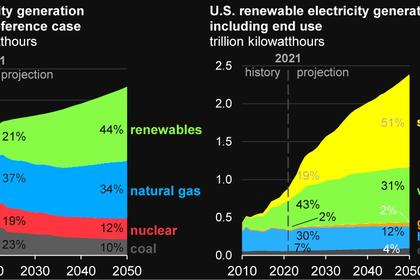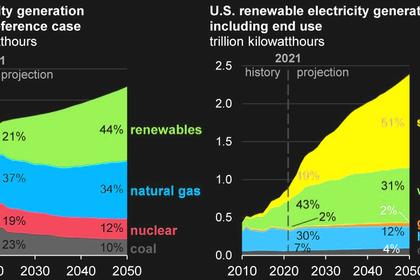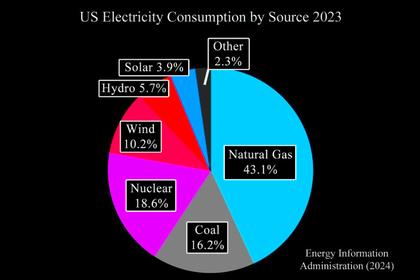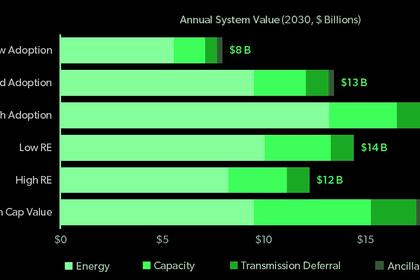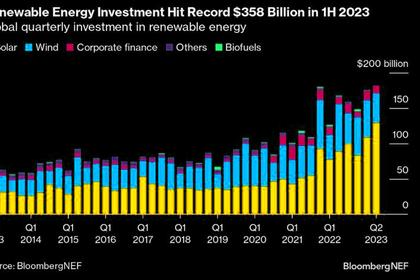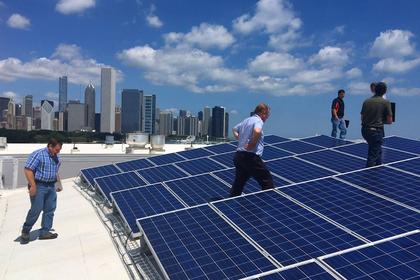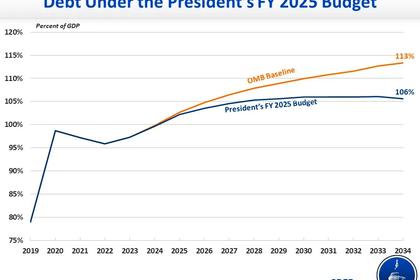
U.S. ENERGY STORAGE 1.5 TW
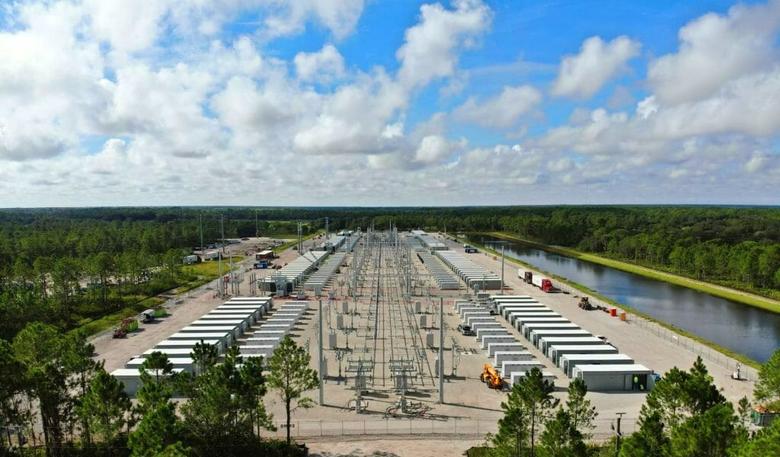
By JODY JANSON Marketing & Media, Elevate Renewables
ENERGYCENTRAL - May 22, 2024 - Regulators should open financing pathways for long-duration storage by allowing utilities to enter into longer lead-time contracts.
The United States is in the midst of a clean energy revolution being driven by two converging dynamics — the increasing competitiveness of clean energy resources such as wind and solar, and the growing understanding that we must dramatically reduce greenhouse gas emissions if we are to have any hope of slowing the warming of the planet.
The rise of renewable energy technologies has been profound and is making a substantial difference. But, as we transition to meet low- and zero-emissions targets, we need to ensure that we meet head-on the challenges to maintaining the reliability of our electric grid, including unprecedented electricity demand growth, increasingly ferocious bouts of extreme weather, and the changing resource mix itself.
How utilities are prioritizing sustainability efforts in 2024 and beyond.
According to the Business Council for Sustainable Energy, renewable energy last year accounted for nearly a quarter of all electricity generated in the United States, a figure expected to rise dramatically over the next decade. Due in large part to the enactment of the Inflation Reduction Act, solar and wind power alone are expected to supply half of the country’s power by 2030. This is, of course, good news.
While adding wind and solar power to the grid is more important than ever, these technologies need additional support. As everyone knows, the wind doesn’t always blow and the sun doesn’t always shine, and grid operators must be able to respond to changing conditions in order to keep the lights on. One of the most powerful solutions is storing energy that is generated when solar and wind are plentiful so that it is available when it’s needed most.
Lithium-ion battery storage has emerged as an important component of grid reliability. These batteries have helped get the most out of our clean energy supplies. However, lithium-ion batteries present their own challenges. They typically only provide up to four hours of energy before the batteries need to be recharged, meaning that there are limits to what they can do to help to balance out electricity demand through the evening peak hours and beyond.
This is where long-duration energy storage comes in. In the LDES space, there are a variety of emerging and mature technologies that can store renewable electricity when it is plentiful (the middle of a sunny day), and discharge during times it’s most needed (when the sun sets) — providing power from eight hours to multiple days. These long-duration technologies, including compressed air, pumped hydro and flow batteries, will protect the reliability and resiliency of the grid as our dependence on intermittent generation technologies continues to grow.
According to a 2021 McKinsey report, we’ll need more than 1.5 TW of long-duration storage by 2040 to maintain grid reliability. In order to deploy LDES at that scale — the scale we need to continue to decarbonize the grid and maintain reliability — we will need public policies that appropriately incentivize the buildout of these technologies.
For instance, states could require utilities to procure long-duration energy storage resources to help meet resource adequacy requirements. California has already pioneered effective rules for storage procurements through its reliability requirement to add deeper duration storage that other states should take note of.
These types of state programs have proven effective in bending the technology cost curve to enable industries to reach scale. We can similarly accelerate the deployment of LDES and leverage its potential to extend the value of wind and solar being added to the grid.
Additionally, many LDES technologies like compressed-air and pumped hydro storage have long lives and provide grid benefits similar to fossil-fuel plants that are beginning to retire. However, these projects often take a longer time to build than shorter-duration batteries. Regulators should open financing pathways for long-duration storage by allowing utilities to enter into longer lead time contracts, enabling these projects to proceed while ensuring the appropriate checks and balances for performance to protect consumers.
Finally, we need to start valuing the full contributions that LDES and other flexible resources provide to the grid. Stored energy provides back-up power to the market when renewable energy wanes or when demand increases, but it also serves as an important capacity resource that is available to ensure reliability. Storage is increasingly being seen as a transmission support asset as well, providing essential reliability services like frequency control and inertia that have traditionally been provided by fossil-fuel plants. Federal rules need to be updated to allow storage to be compensated for providing these services to the grid, not just energy or transmission.
----
This thought leadership article was originally shared with Energy Central's Generation Professionals Group. The communities are a place where professionals in the power industry can share, learn and connect in a collaborative environment. Join the Generation Professionals Community today and learn from others who work in the industry.
-----
Earlier:
